How long can I live with conservative treatment of acute heart attack?
Conservative treatment of acute myocardial infarction refers to treatment through medication and is relative to stenting. Stenting is the safest and most effective way to treat acute myocardial infarction.
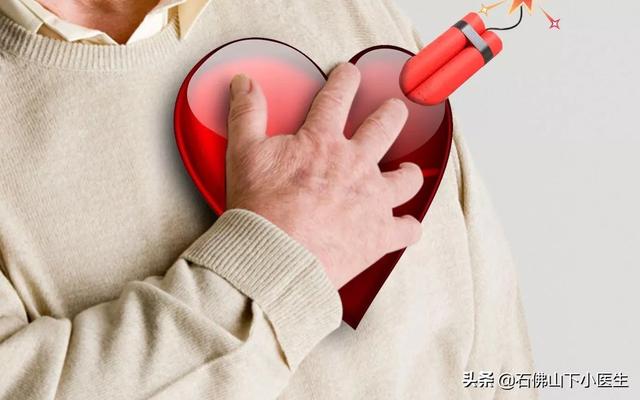
So, how long can you live after a heart attack with conservative treatment?
- This is, shall we say, a question that has no precise answer. Individually, no expert in the world can tell you that if you are treated conservatively, you will only live 1 year or you will live another 10 years.
- Some people live well after conservative treatment. But there are others who may die on the first day of their heart attack.
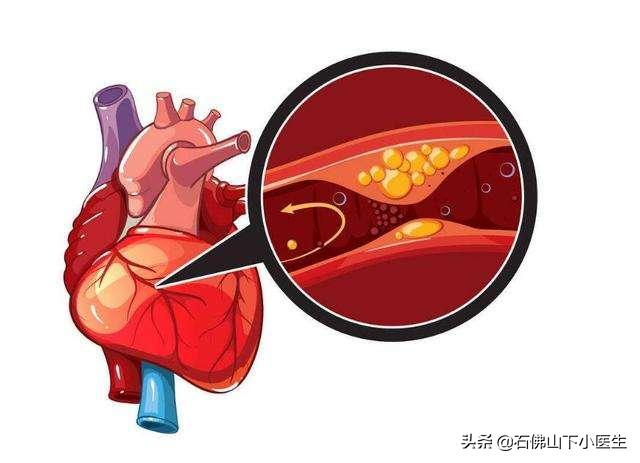
How long you live after a heart attack is determined by what factors?
1. The severity of the condition
- Although it's the same heart attack, there are mild and severe conditions. In some people, the blocked blood vessel is larger, the scope of the heart attack is larger, and the condition is more serious.
- In some people, a smaller branch of a blood vessel is blocked, and then the infarction is less extensive and more mild.
- In severe cases, despite stenting, death can occur from cardiogenic shock, malignant arrhythmias, and cardiac rupture, which are serious complications.
- And mild cases may be treated conservatively with medication and be fine.
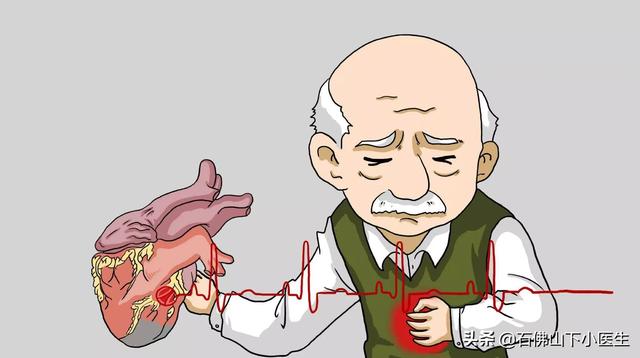
2. Maintenance issues after discharge
- Suppose two people with the same heart attack, both of similar severity, are successfully discharged from the hospital.
- How long you will live has a lot to do with your post-discharge care. This post-discharge maintenance includes the following aspects: whether you have taken your medication properly, whether your high blood pressure and diabetes are under control, whether you have quit smoking, and whether you have exercised properly.
- All of these issues are relevant to heart attack patient survival.
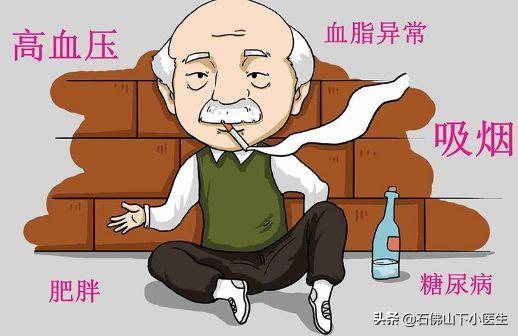
While it is impossible to say how long you will live after conservative treatment of a heart attack, one thing is clear
What is clear is that stenting is better than conservative treatment after a heart attack:
1. In terms of short-term deaths
- Short-term deaths, that is, deaths where the infarction occurs in the hospital. In-hospital mortality is higher in conservatively treated patients.
- I've counted all the heart attacks in our hospital from 2007-2018. The mortality rate for conservative treatment is around 30%. And the mortality rate for stenting is around 4%. The difference between the two is huge.
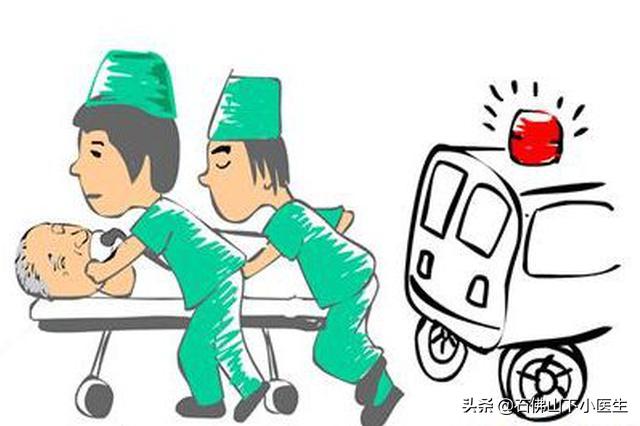
2. From the point of view of heart function
- Even if all survived in-hospital, the stenting patients' legacy heart function was definitely better.
- Because of stenting, the blood supply is restored to the infarcted area as soon as the blocked vessel is opened.
- And conservative treatment can only depend on luck that the blockage will clear on its own, or that it will only rely on collateral circulation to supply blood.
- A well-functioning heart must live relatively longer.

Summary:
- The answer to the question of how long you can live with conservative treatment of heart attack is not clear to anyone. But what is certain is that it is more favorable to give preference to cardiac stenting when conditions permit and a heart attack has occurred.
I am adhere to the medical science and popularization of Chen Dafu, to my answer to the satisfaction, please give me praise and attention, your support, is my creation of the greatest power.
How long can I live with conservative treatment of acute heart attack?
For acute myocardial infarction, the main therapeutic measures are re-vascularization and conservative treatment, and what measures to take depends on the condition. If the main blood vessels are seriously blocked, no longer open blood vessels, then it is impossible to save the dying myocardial cells, the possibility of progressive deterioration of cardiac function is very high, acute massive infarction, or even cardiac rupture, the person will die!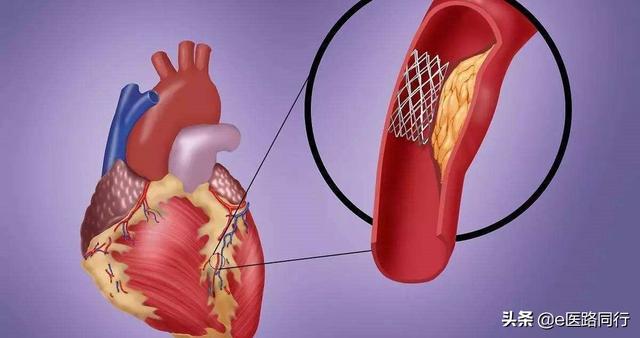
A few days ago, our department just admitted a patient, is acute massive infarction, but the patient was delayed for a long time at home, despite the reopening of the blood vessels, but the patient's cardiac reserve function is almost zero, and ultimately regret to pass away!
So, how long you can live with conservative treatment for an acute heart attack depends on the condition. For a specific individual, acute heart attack, either die or live. At the current level of medical care, most patients can be kept alive if they are seen in time, and the current in-hospital mortality rate for the acute phase of the disease (the first 2 months) is around 4%.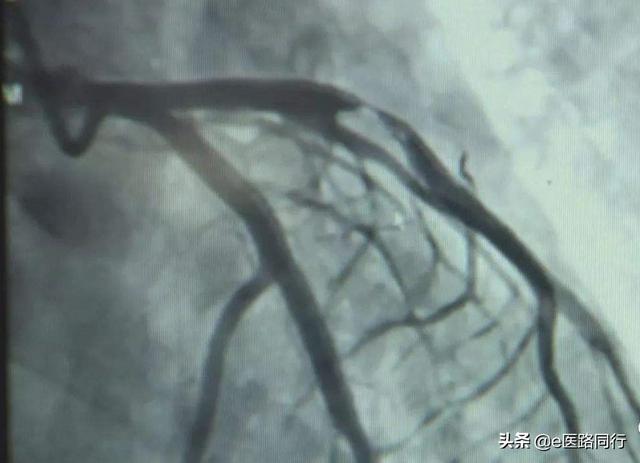
Conservative treatment, in fact, has two meanings. One is that the condition is not serious enough to try conservative treatment, and when the condition is slightly stabilized, a test, such as coronary CTA or PCI, can be done to assess the condition. The other is that the condition is extremely critical, the patient does not have the conditions for surgical treatment, and the second best option is conservative treatment. Both of these can be called conservative treatment, but the patient's outcome is completely different. Therefore, acute myocardial infarction, what treatment to receive, with the patient's condition, the underlying conditions are related.
Many patients with atypical symptoms, especially elderly patients, the occurrence of acute myocardial infarction, sometimes manifested as stomach pain, neck pain, toothache, etc., it is easy to delay the time to consult the doctor, so as long as there is hypertension, diabetes, coronary artery disease, long-term smoking and other underlying factors of the population, once the occurrence of pain below the lips of the mouth and navel and above, it is important to consult the doctor in a timely manner!
Follow 『e medical road trip』to get more health information
this issueThere is no fixed answer.I'm not sure if I'm going to be able to do that, but I'm not going to be able to do that.a line of verseThat said, it's "Anything is possible.".
Without getting into the issue of patients having other diseases, let's talk about acute infarction and conservative treatment here.
Acute myocardial infarction is ischemic necrosis of the myocardium. The consequence of myocardial ischemic necrosis is the loss of cardiac function. The impact on life then lies in the size of the impact of myocardial infarction on cardiac function, the extent of the impact on systemic circulation. There is a relationship between the location of myocardial infarction in the heart, the extent of the infarction, and whether it is transmural (the whole layer of the myocardium, from the inside to the outside).
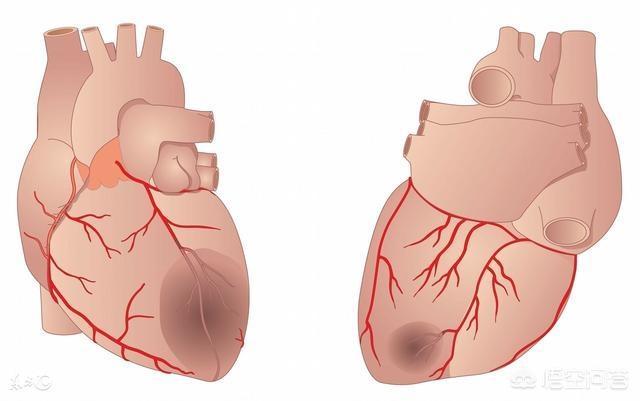
Also, when a myocardial infarction occurs, some people have a simple one-vessel lesion, and some people have a multibranch lesion. In people with single vessel disease, other vessels will open collateral circulation to supply blood to the area of the blocked vessel; in people with multibranch disease and severe vessel blockage, these ischemias will be difficult to ameliorate.
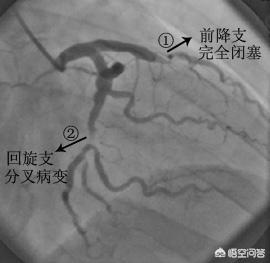
As for the conservative treatment of acute for myocardial infarction, there are roughly two phases, acute phase rescue and chronic phase treatment, and the means of treatment are different. For example, the same conservative treatment, acute phase thrombolysis or did not thrombolysis, the results may be very different, because thrombolysis can make the blood vessel early recanalization.
How long you live after an acute myocardial infarction depends on the underlying condition and these two stages of treatment。
In acute myocardial infarction, where the site of infarction is in the left ventricular myocardium, the infarct is large (generally more than 40% of the left ventricular area, such as in extensive anterior wall myocardial infarction), permeable to the wall, and affects the pacemaker conduction system, there is a risk of malignant arrhythmia, cardiogenic shock, acute left heart failure (pump failure), and even sudden death at initial onset, and the patient may be too late for resuscitation.
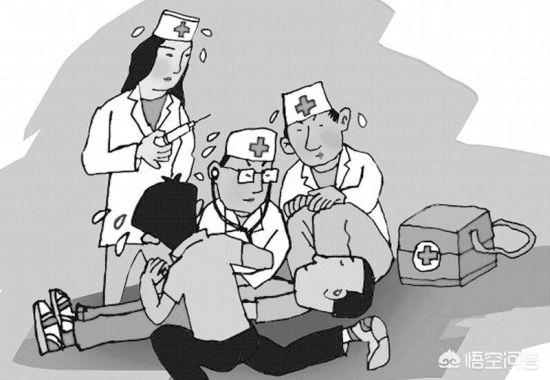
Even if the patient is rescued in time, due to the large infarcted area, the necrotic myocardium, and the impact on cardiac function in the later stage, the natural life expectancy of such a patient will be shortened. In the 1980s, we rescued some patients with myocardial infarction, when there was no stent, and intravenous thrombolysis was just started in the late stage. Most of these patients died of heart failure or had sudden cardiac death more than 10 years after the onset of the disease.
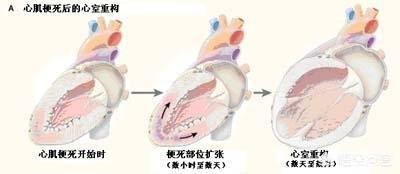
Conservative treatment of acute myocardial infarction, if timely and standardized, such as timely thrombolytic therapy, open blood vessels, save most of the dying myocardium, myocardial infarction area is small, cardiac function is well preserved, there are no complications or complications properly disposed of, and the follow-up treatment is standardized, then the patient can better maintain the function of the heart, close to the same as a healthy person to survive, and live to the natural life expectancy is not a problem.
If the conservative treatment is worse, there is no thrombolysis, but other treatments are relatively standardized, and the myocardial infarction itself is small in size, and the site is not the most dominant left ventricle, the treatment is through the acute phase of the gradual recovery, and the later stage of the standardized treatment. This also has a smaller impact on cardiac function.

On the other hand, even if the acute conservative treatment is standardized and effective, but the follow-up treatment is sloppy, not according to the prescribed medication and examination; some bad lifestyle "comeback", smoking and drinking, eating without scruples, lighting lamps and consuming wax in the evening, and do not properly control the risk factors, then even if the acute treatment is good, the old disease will recur, and of course, the quality of life will be affected. Of course, this will affect the quality of life and life expectancy.
Therefore, it is not possible to summarize how long one can live after conservative treatment of acute heart attack, but rather, it has to be analyzed and judged according to the specific situation of the patient.
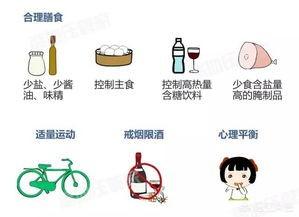
The usual standardized treatment is important, do not progress to the point of myocardial infarction. It's progressed toacute myocardial infarctionWhen availableTimely intervention is also importantThe effect of opening the blood vessels is more precise.After acute infarction, anti-atherosclerotic and cardioprotective therapy is continued, to avoid aggravation of atherosclerosis, to avoid recurrent infarction, and to protect heart function. In this way, the life span of patients with coronary heart disease myocardial infarction can be prolonged as much as possible.
(Image from the Internet)
[How long can you live with conservative treatment for acute heart attack?]
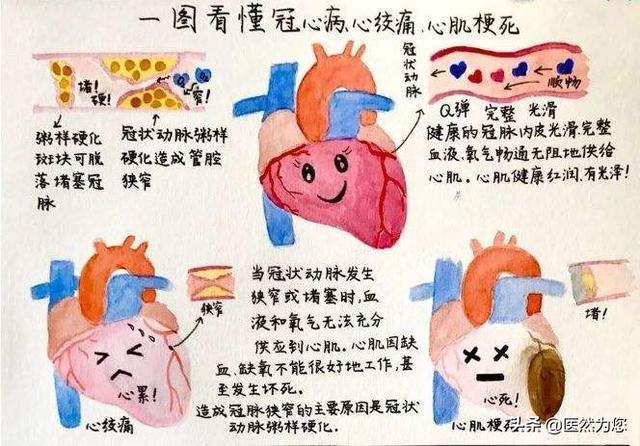
This problem, if conservative treatment, in fact, is to take their lives in a bet; if by conservative treatment of acute infarction, heart blockage of the blocked blood vessels, the main use of coronary expansion, anticoagulation, inhibition of platelet aggregation, stabilization of plaque medication, ultimately, conservative treatment may not be our blocked blood vessels through the opening of the blocked blood vessels, blood vessel blockage (infarction) will result in the blood supplied to the myocardium appears to be necrotic, loss of function, which means it will affect our heart function.
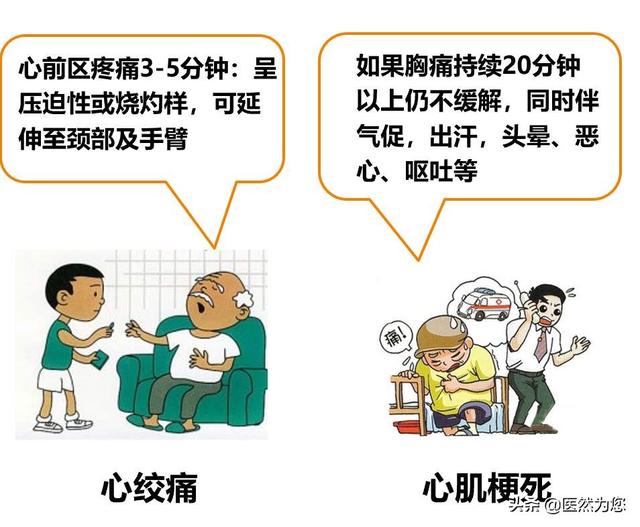
As an example: the heart has a total of four houses, respectively, the left atrium, left ventricle, right atrium, right ventricle, these four houses have different blood vessels supplying blood, when there is a blood vessel infarction, purely through the conservative treatment, the possibility of through the open blood vessels is relatively small, the current effective method is the implantation of cardiac stents to save the myocardium, otherwise, it will lead to a myocardial infarction, that is, the supply of the heart of the house's walls will collapse; just like a house, a wall without pillars, the wall collapsed, the house will lose its original function.
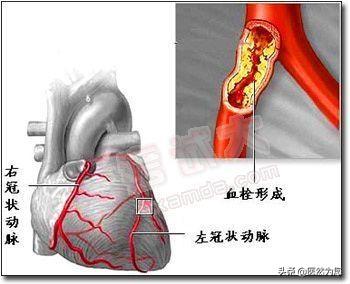
How long can you live with conservative treatment of an acute heart attack? This leaves the following possibilities:
1, if the blood vessel supplying the heart is the most important one, the important blood vessel dominating the ventricle, the more important blood vessel, this case is treated conservatively, just like the ancient record "dying in the morning, dying in the evening, dying in the evening"; if the blocked blood vessel is not a blood vessel, but two or three blood vessels, it may be more serious.

2, if the blocked blood vessels, is not more important blood vessels, like our house, is a partial house, and the blocked blood vessels, is a relatively thin branch, so that may be over the conservative treatment, can be very good recovery, conservative treatment, cardiovascular disease symptoms will disappear, but no matter how many years, and then do the electrocardiogram examination, will still be found to have a myocardial infarction performance of the old.
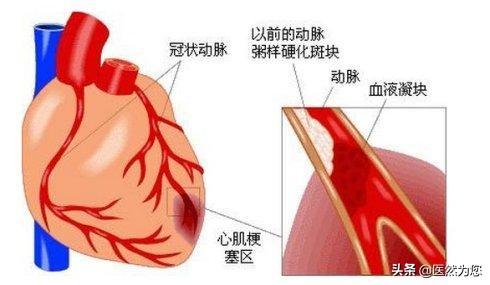
Acute myocardial infarction if the diagnosis is clear, according to the blocked blood vessel branch, basically can judge the prognosis, take conservative treatment or stent intervention, there is a national standard of treatment guidelines, listen to professional cardiologists advice, is still necessary, a conservative treatment is equivalent to with God in the betting on life, if the fate of the day is not good, that day OVER, if the fate of the day is good, ten years and eight years is no problem, and is also There is no effect, it just adds the probability of the risk of causing sudden death.
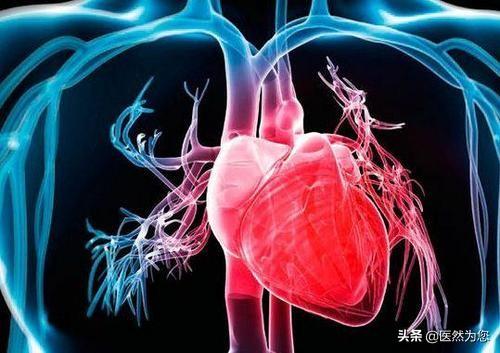
If you have any questions, you can leave them in the comment section, follow me, Medical Ran for you, daily updates on your most needed medical science knowledge.
Although heart attack is a relatively dangerous disease, but the specific can survive? It also depends on the patient's physical condition, as well as the treatment program, and also depends on the size of the infarction, as well as the location, and most importantly, the patient's ability to withstand.
So there is no way to analyze this specifically, the patient for heart attack disease, in addition to the need to do more to understand, but also to have a better mindset about the treatment of heart attack disease.
Many doctors believe that some patients have a good state of mind, which is actually better than anything else, and if the state of mind is not good, then it is more difficult to treat and does not help the condition.
If acute myocardial infarction in the acute phase of the attack is generally within twelve hours at the latest not more than 24 hours, you can perform emergency interventional therapy or thrombolytic therapy, the shorter the time the better the effect, the sequelae and mortality rate is lower, miss the time can only be treated conservatively, the corresponding risk will be increased hope that you will be useful!
Feel free to follow along for your heart health!
The duration of patient survival after conservative treatment of heart attack is evaluated on a patient-by-patient basis. This is because the myocardial infarction is larger in the absence of hemodialysis. If the infarct size is large, the patient will develop heart failure, and if timely reperfusion therapy is not available during the acute phase, the patient may also develop malignant arrhythmias, and the patient's mortality or the chance of complications will be significantly higher during the acute phase of the infarction. If the patient's infarction is small and the occluded vessel is a branch of the coronary tissue, the patient may survive the acute phase.
But even if he survives, his quality of life will definitely be affected, for example, after the infarction, angina pectoris will also occur. If the infarction area is relatively large, but after conservative treatment patients can survive, but the quality of life will be very poor, for example, once the activity of the patient will appear chest tightness and shortness of breath, cardiac insufficiency performance. If patients with heart failure, their 5-year mortality rate is the same as that of tumors. Therefore, if a patient with acute myocardial infarction chooses conservative treatment, it will affect his quality of life and the duration of survival, or, in other words, it will affect his life expectancy.
(I'm Luo Min, chief physician of a Grade 3A hospital, with more than 30 years of clinical experience in the first line of work of the "old" doctors, my efforts only to harvest everyone's approval, if my answer can help you, I hope you can like, attention, if you have any questions, you can comment or private message me, I will try to help everyone!)

How long can I live with conservative treatment of acute myocardial infarction?
As we all know, myocardial infarction is a serious disease, and after being treated conservatively, the prognosis often needs to be considered in conjunction with many aspects.
- It is usually related to the extent of myocardial infarction, the location of the infarction, whether the myocardium has established an alternative pathway for blood supply, and whether treatment is prompt and effective.
- It is also important to look for complications during an acute myocardial infarction, which often may persist for a longer period of time after improvement.
- The prognosis is further affected if other chronic diseases, especially hypertension and diabetes mellitus, coexist previously.
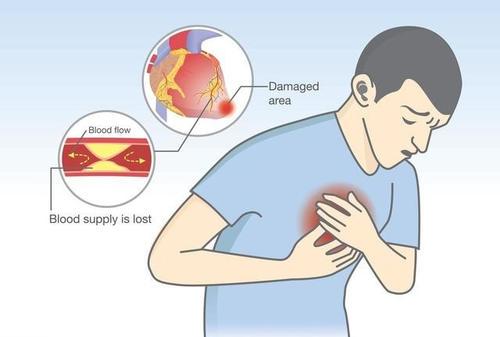
So what are all the factors that affect the prognosis of patients with myocardial infarction in the later stages of life, and thus the life expectancy of the patient. Let's take a look.
- Develop your own effective rehabilitation treatment program.It's not the same for everyone.,Rehabilitation therapy requires a personalized rehabilitation program that takes into account your situation.
- Be careful what you eat and drink.The following are some of the most important things you can do for your child. Low-salt, low-fat diet, do not overeat, quit smoking and drinking, regular work and rest, pay attention to rest, avoid staying up late.
- Exercise properly to strengthen your body.Exercising after an acute myocardial infarction needs to be considered in the context of your recovery. Be sure to do what you can. You can start with a small amount of activities, such as lifting arms, stretching legs and other small movements, and then slowly transition to slow walking, playing tai chi and so on. Exercise, do not over-exercise, especially not strenuous activities.
- no heavy lifting, much less lifting excessively heavy objects, not exerting sudden force, and avoiding strenuous. Labor.
- RelaxationDo not have too much mental stress and keep your mind calm.
- Increase or decrease clothing according to weather conditions, cold weather can easily induce the occurrence of myocardial infarction.
- Don't strain to pass stoolsIf constipation occurs, it can be combined with a daily diet of coarse fiber foods, such as eating more green vegetables, bananas, etc., and laxative medications can be applied if necessary.
- Long-term medication... Drugs that can be taken long term after a myocardial infarction go, including the antiplatelet aggregation drugs aspirin enteric-coated tablets and clopidogrel. Cholesterol-lowering drugs such as simvastatin, atorvastatin. Rosuvastatin, etc. Drugs that improve myocardial remodeling, such as the beta-blocker betalactam, the angiotensin-converting enzyme inhibitor captopril, and the angiotensin‖ receptor antagonist valsartan.
- Active treatment of comorbiditiesIf there is a combination of underlying diseases such as hypertension and hyperglycemia, the primary factor is to control the underlying disease.
- Learning to deal with emergencies. For example, when heart discomfort occurs, do not panic, you can rest in bed, shed sublingual nitroglycerin, etc., if necessary, timely medical care.
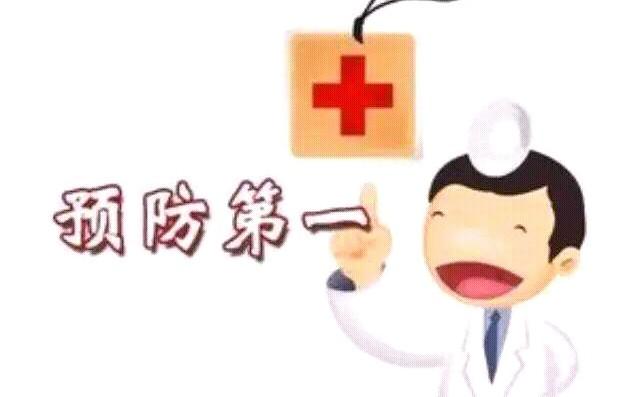
Long-term adherence to effective rehabilitation and prevention in the late stages of myocardial infarction is a key factor in effectively reducing patient mortality. Regardless of the treatment measures taken by patients with myocardial infarction, the rehabilitation treatment in the later stage is very important.
In summary, after treatment of myocardial infarction, there is a need for increased Vigilance. Develop your own long-term rehabilitation treatment plan. Emphasize it mentally and defy it strategically. The same applies to patients after myocardial infarction treatment.
I'm an attending physician in Family Medicine, so I hope my answer was a little helpful, and thank you for your interest.
How long can I live with conservative treatment of acute heart attack?
Heart attack within 2 weeks is called the acute stage of heart attack, the harm of heart attack can be mild or serious, mainly depends on the location and degree of coronary artery lesions, the timing of rescue, treatment measures, and the presence of complications.
Acute infarction if the site of lesion coronary artery close to the end, infarction range is small, no important tissue in the blood supply area, do not serious complications, if the treatment is timely often good prognosis.
On the contrary, if the location of the diseased coronary artery is important, such as the left main stem, anterior descending branch, etc., and the degree of vascular blockage is heavy, even if the treatment is timely and appropriate, serious complications and even life-threatening situations may sometimes occur.
Conservative treatment of acute heart attack refers to the use of non-surgical methods of treatment, including braking, reduction of myocardial oxygen consumption, reduction of cardiac burden, improvement of cardiac function, thrombolysis to recanalize coronary arteries, and symptomatic treatment.
The effect of conservative treatment depends mainly on the severity of the patient's condition, the timing of rescue and the effectiveness of treatment measures, such as the effect of thrombolysis. If the treatment is timely, the thrombolysis effect is good, and the coronary artery recanalizes without serious complications, the treatment effect will be good; on the contrary, if the coronary artery does not recanalize, and there are serious complications, the prognosis will be poorer.
To summarize, the effect of conservative treatment of acute heart attack varies depending on the condition, timing of rescue, measures taken, etc. It is recommended that patients and their families should listen to the advice of professional doctors to take reasonable treatment measures in order to maximize the protection of the patient's health.

After myocardial infarction, if the treatment is appropriate at that time, such as thrombolysis and drug conservative treatment, or intracoronary stent implantation, the mortality rate of myocardial infarction can be reduced, but it is not to say that there is no life-threatening situation after doing the above treatment, such as the mortality rate of extensive anterior wall and inferior wall infarction is very high. Of course, if the mortality rate of acute infarction increases, it is possible that the patient may live only for a few days or even a few hours, but there are also cases in which the patient can live safely, and the survival rate of this infarction depends on the severity of the disease and the treatments given, as well as the duration of the treatments.
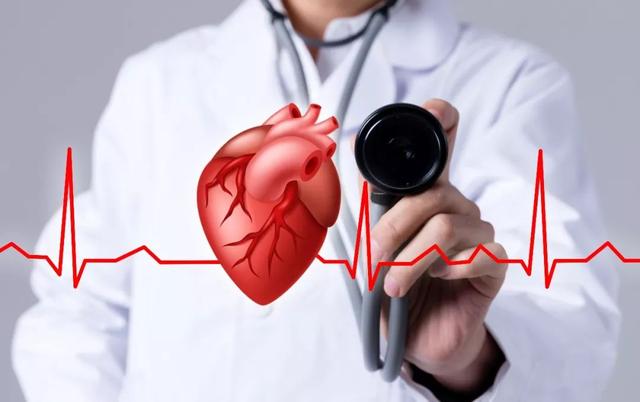
.
Treatment is to see the effect of an acute attack of heart attack, but also survived, which is a rare thing, as for the treatment after what results no one can predict, all are different from person to person, so different from person to person, different from time to time, different from place to place there is no fixed state or generalized indicators and data, are implemented to the individual's state, is what is the case is what is the case.

There is no generalized indicator, not everyone the same life expectancy, the same situation, the same conditions, so the disease has arisen, the choice of treatment is not randomly selected, not that you can operate, can also be conservative, but depends on the specific situation, whether to emergency surgery, or can be reprieved and conditioning, these are different, so a person encountered the corresponding problems and disease states, is to his Therefore, when a person encounters the corresponding problems and disease states, it is based on his specific situation that he is analyzed.

It is not like saying how long you can live with conservative treatment and what is the situation with surgery, these are not causal, unrealistic and untrue, what is true is how the person concerned is in the situation and then the doctor makes those tests and diagnosis and then carries out diagnosis and treatment and what is the result, these are all pieces of facts not imagined and pre-determined.

This question and answer are from the site users, does not represent the position of the site, such as infringement, please contact the administrator to delete.